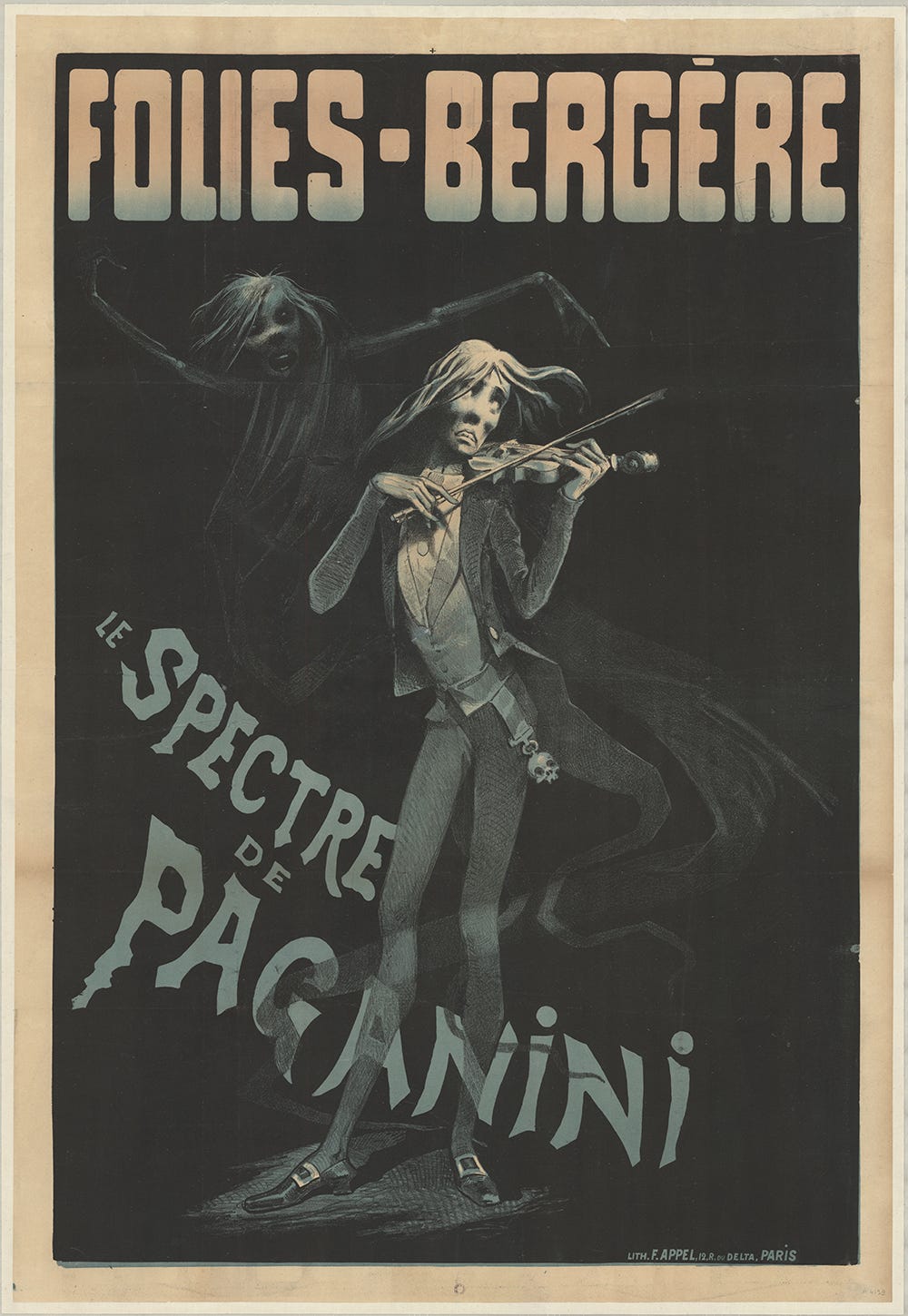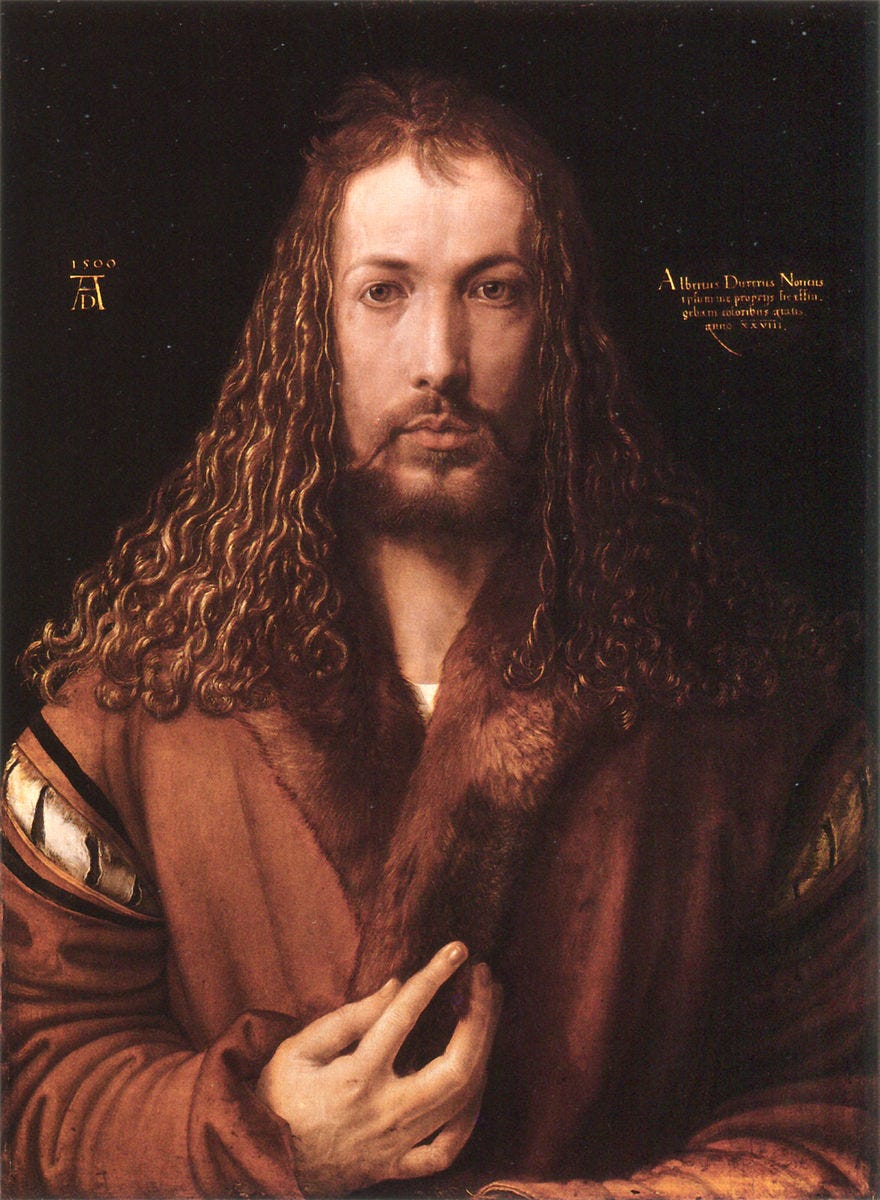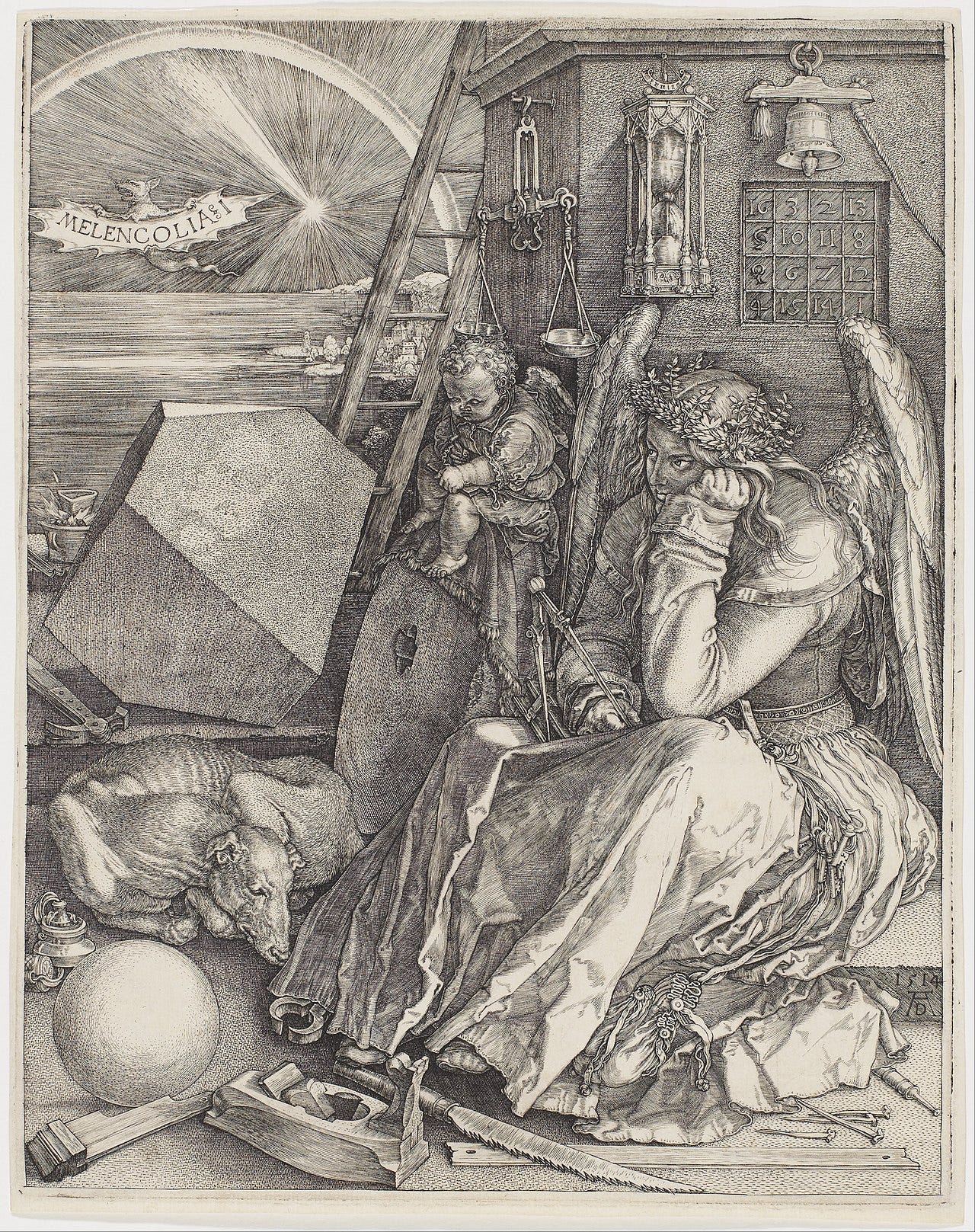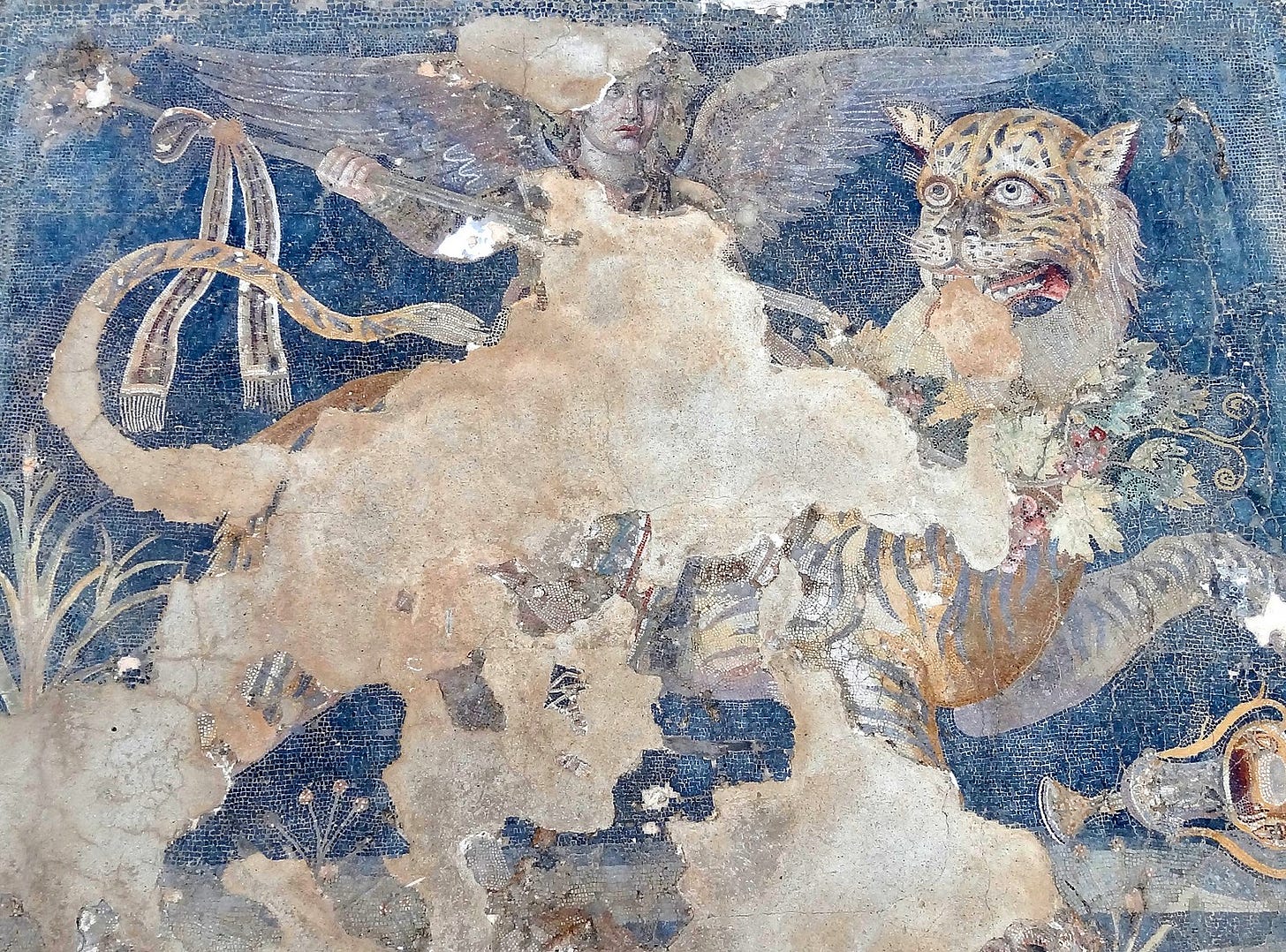I invent worlds, commercial campaigns and artistic moments with language at their heart. I’ve spent my life thinking about what writing can do. If you favour my ideas and style then please consider sharing my website with the ambitious brand owners and sensitive artistic patrons in your life. I’m an independent practitioner and I do what I do through building partnerships. Here is a list of some people I’ve worked with so far.
When I was four a bee flew into my mouth and stung me. Ouch!
Much later, when I was already writing seriously, I was reading a book about world folklores and learnt that being stung in the mouth by a bee was believed to give you mastery over language. Metaphorically it confers honeyed words. Both Plato and Ancient Greek lyric poet Pindar are supposed to have also had this blistering insect honour.
Nothing to do with bees, but here’s Pindar talking about receiving power from the gods.
Creatures of a day! What is anyone?
What is anyone not? A dream of a shadow
Is our mortal being. But when there comes to men
A gleam of splendour given of heaven,
Then rests on them a light of glory
And blessed are their days.
I was in a Christian Evensong service a few weeks ago, wrapped up in the dark of a cathedral and choral music whilst thinking about bees and writing. Then a synchronicity of sorts. The First Lesson was from Ezekiel. Ezekiel was the prophet who famously saw a flaming wheel in the sky. Definitely ancient aliens.
The Lesson was the description of Ezekiel being encouraged by God to become a prophet and being given the power to persuade. How do you think Ezekiel was dosed with this ability? You’ve got it, he was given a scroll covered in lamentations, mourning and woe to eat. Yum!
‘You shall speak My words to them, whether they hear or whether they refuse, for they are rebellious. But you, son of man, hear what I say to you. Do not be rebellious like that rebellious house; open your mouth and eat what I give you.”
Now when I looked, there was a hand stretched out to me; and behold, a scroll of a book was in it. Then He spread it before me; and there was writing on the inside and on the outside, and written on it were lamentations and mourning and woe. Moreover He said to me, “Son of man, eat what you find; eat this scroll, and go, speak to the house of Israel.” So I opened my mouth, and He caused me to eat that scroll.
And He said to me, “Son of man, feed your belly, and fill your stomach with this scroll that I give you.” So I ate, and it was in my mouth like honey in sweetness.’
Stay with me honeybunch, I’m getting to my point. But first, some Paganiniana – the fiddly name for the cultural eddies that swirled around the 19th century Italian virtuoso violinist Niccolò Paganini.
Paganini was contemporaneous with Lord Byron and, like him, a Romantic superstar. Myths and legends skittered about the violinist like the little demons you see on those old Golden Age of Conjuring posters. He was pretty much the model for the dark performer with a whiff of sulfur about them.
Because the rumour was … he’d sold his soul to the devil. That his inspired playing was only made possible because Mr Splitfoot, the Peacock of Angels, Old Scratch, Son of the Morning was on stage with him nudging his elbow.
(Here’s some of his music. He definitely didn’t look that though. Which is a shame, because Paggers had them swooning *despite* not being conventionally attractive, which just shows how powerful art is.)
Most people reading this will be involved in creative activity.
What is it that fills your work? Where does its *life* come from?
I’m not referring to where did your idea come from. Ideas are everywhere and easy – whether they come from smudging together an amalgam of already existing concepts … or come down from Alan Moore’s Ideaspace.
And I’m not talking about the motivation to create. That’s simple to explain. It’s one of four reasons. Necessity – as in it’s your job. Aching ego – you want to hear people say they like something so that you can pretend they like you. Higher purpose – you’re creating for the glory of a deity or a cause. Or joy – you’re creating for the joy of creating.
No, my question here is where does the *power* in your creative work come from? What is the ineffable element that lifts it from functional to beautiful? From so-so to seductive? From mundane to moving? Its ravishing spirit. What’s the thing that makes it a thing only you could have created?
That’s German Renaissance artist Albrecht Dürer, a self-portrait. A painter, he seized his means of production and was one of the earliest artists to design, publish and sell his own woodcuts and engravings. And here, aged 28, he’s deliberately painted himself as Christ. He’s making a statement about his genius and divine inspiration. Like the Egyptian God Thoth who created himself through language, he is his own artistic first cause.
Because this is how the creative magic works. The origin story for the soul of your work is just that … a *story* you inspire yourself with.
Maybe all Ezekiel needed was to believe he was suddenly a great orator. And perhaps Paganini was brilliant (he was), but it was when Old Nick the Boogie-Boogie was attached to his name that his performances had a darker, sexier frisson for audiences and that, in turn, inspired him.
And please do let me believe my bee is still there, working its stuff on my tongue.
I think any good creator secretly believes that the soul of their work comes from something outside themselves. You can’t examine it too closely. But it definitely helps if you have an inkling of the source. Even if it’s made up. Everything is made up anyway.
And the danger of not doing so, the danger of not alighting on a positive origin for your creative power, is that you slip into the trap of taking on the negative stories that our culture offers us. The notion that true creative moments always come from psychological turmoil. The picture above is a Dürer too. As the wings of the hollering gothic bat tell you, it’s called ‘Melencolia I’.
Possibly another Dürer self-portrait, Melencolia (one of the four temperaments) sits and broods endlessly, wings unused. Artistic tools scattered despondently, there’s a low-energy cherub and dog, and a set of impotent compasses. Sometimes seen as the heroic suffering of introspection, the image created a new archetype – the misery that eventually begets imagination.
Susan Sontag wrote an essay in 1973 about the avant-garde French theatre director and theorist Antonin Artaud. She described him as ‘one of the great daring mapmakers of consciousness in extremis’, creating ‘work that cancels itself, thought that outbids thought, recommendations that cannot be enacted’, saying that reading him was ‘nothing less than an ordeal.’ Phwoar.
She goes on to point out that Artaud’s defining quality was failure. ‘Both in his work and in his life, Artaud failed.’ But this failure was a ‘constituent part of the authority of his ideas.’ In other words, failure was his bee, scroll and devil.
As might be clear now, I reject all that. The brilliance that shines from within your creations comes from the positive, not the negative. The embracing of life, not the shying away from it. As writers and designers and artists and thinkers and makers, we just need to choose a source to believe in.
This is a Hellenistic Greek mosaic depicting the god Dionysus as a winged daimon riding on a tiger, from the late 2nd century BC.
I do like Dionysus. Encourager of wine and wildness. Definitely a deity it’s important to make friends with. If nothing else, they hold the best parties. Spring is their time. The Dionysian Mysteries were springy rituals which encouraged the breaking of regular societal patters, and one aspect of these rituals were the City Dionysia. A Pomp, a pageant, a liberation, a time to be infused as the winter recedes and new life breaks ground.
And so I invite you to a Spring Equinox Happening. A way of filling ourselves with new season light. It arose from conversations between me, Accept & Proceed founder (and the *only* other person I’ve ever met who was also stung in the mouth by a bee as a child) David Johnston, Clare and Charlie, two of the founders of Extinction Rebellion, and the magical Stuart Sandeman. Conversations about seeking positivity.
Hackney Marshes, March 20th. Begin gathering at 5.23am for a 6.04am sunrise. Follow us on Instagram for more details.
Here’s your invitation.
We don’t know what this is …
… other than an open call, a longing, a longing, a longing to watch the sunrise with friends, a yearning for light, a dose of positivity, the beginning of everything new, a very human improvisation, a new City Dionysia, a Hackney is an energy, a pomp a pomp a pomp, an answer to the corporate death cultists bleeding their shadows over our bliss, a magical act, your pulse and spring’s pulse held to each other, boom, boom, boom, an intoxicating avant-garde gravity, a manifesto written in mist, a rushing of the rite of the formless, quite a lazy pilgrimage, a delightful vortex of uncertainty, an imagining, a faith, a faith, a faith in us.
I hope you can come. Or if you can’t come, you hold your own.
I am myth now
but when I was unfarmed
on nevertheless legs, a bee
stungmeinmymouth yes. I spat
it free, cold-boiled across my hand.
Later I found folk lore telling me
beingstunginthemouthbyabee
gave Plato and Pindar
sweet worlds of words,
rich tricks of persuasion.
So whentimes I went seducing
I pictured the pulpy posy
of jutting-net wings, yellow-honey
insect-blood and body mistled
thrill-wet with the terror of lips.






Love the poem at the end